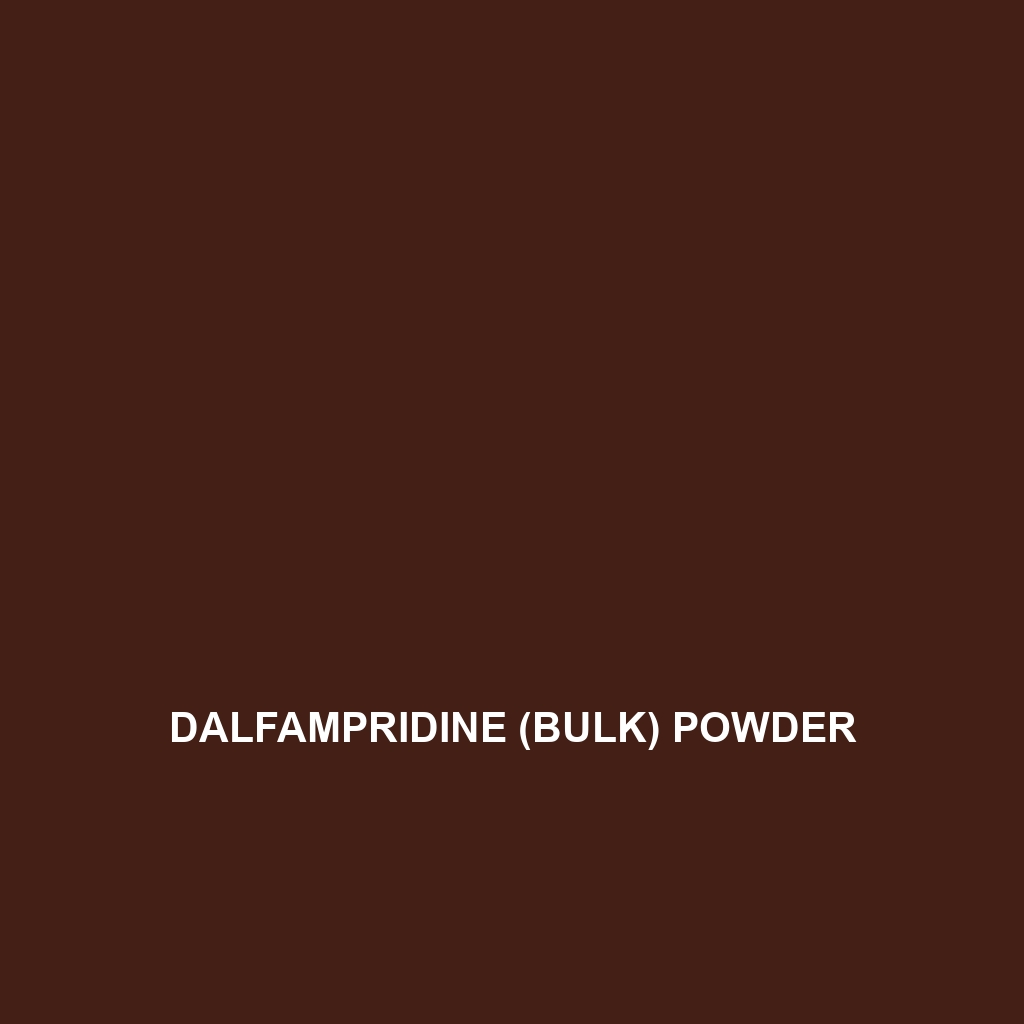Dalbavancin Solution:
Definition and Description of Dalbavancin Solution:
Dalbavancin solution is an antibiotic medication that is used primarily to treat serious infections caused by certain types of bacteria. Specifically, it is effective against gram-positive bacteria, including Methicillin-resistant Staphylococcus aureus (MRSA). Dalbavancin belongs to a class of antibiotics known as lipoglycopeptides and works by inhibiting the synthesis of bacterial cell walls, thus leading to cell death. It is typically administered intravenously and is known for its long half-life, allowing for once-weekly dosing which enhances patient compliance.
Causes of Dalbavancin Solution:
The use of Dalbavancin solution is prompted by infections typically caused by resistant bacteria. Factors leading to these infections may include underlying health conditions such as diabetes, recent surgeries, immunosuppression, or prolonged hospitalization. Additionally, external factors such as poor hygiene practices or the overuse of antibiotics can contribute to the prevalence of antibiotic-resistant bacteria.
Associated Symptoms of Dalbavancin Solution:
Symptoms that lead to the use of Dalbavancin solution may include severe skin infections, warmth, redness, swelling in the affected area, fever, chills, and pus or drainage from wounds. In some cases, systemic infections can present with additional symptoms such as fatigue, malaise, rapid heartbeat, and hypotension.
Diagnosis of Dalbavancin Solution:
Dalbavancin solution is not diagnosed as a medical condition itself, but rather prescribed following the diagnosis of a bacterial infection. Healthcare professionals typically conduct a physical examination, review medical history, and may order laboratory tests including blood cultures, wound cultures, or imaging studies to confirm the presence of specific resistant bacteria before initiating treatment.
Risk Factors for Dalbavancin Solution:
The populations most at risk for infections necessitating Dalbavancin solution treatment typically include individuals over the age of 65, those with chronic illnesses such as kidney disease, diabetes, or cancer, and patients with weakened immune systems. Additionally, individuals with a history of frequent antibiotic use or hospitalization are at higher risk for developing resistant infections.
Complications of Dalbavancin Solution:
If left untreated, infections requiring Dalbavancin solution can lead to severe complications such as abscess formation, spread of infection to the bloodstream (sepsis), organ dysfunction, and potentially life-threatening conditions. Furthermore, antibiotic resistance can develop, making future infections harder to treat.
Treatment Options for Dalbavancin Solution:
Treatment with Dalbavancin solution typically involves intravenous administration, which may be done in a hospital setting or through an outpatient infusion center. In addition to antibiotic therapy, supportive care including wound care, pain management, and hydration is essential. In some cases, healthcare providers may incorporate other antibiotics for broader coverage against mixed infections.
When to See a Doctor for Dalbavancin Solution:
Individuals should seek medical attention if they experience symptoms of a serious bacterial infection, such as increasing redness or swelling, persistent fever, and worsening pain. Those with chronic health conditions or recent surgeries should be particularly vigilant about any signs of infection.
Prevention of Dalbavancin Solution:
Preventive strategies include practicing good personal hygiene, properly cleaning and caring for wounds, avoiding unnecessary antibiotic use, and staying up-to-date with vaccines. Regular check-ups and monitoring of chronic health conditions may also mitigate risks associated with infections.
Statistics and Prevalence of Dalbavancin Solution:
According to recent studies, the prevalence of infections caused by resistant gram-positive bacteria has increased significantly, with MRSA being responsible for a notable percentage of skin and soft tissue infections in community and hospital settings. Awareness and appropriate use of antibiotics like Dalbavancin are crucial in combating this rising threat.
Personal Stories or Case Studies about Dalbavancin Solution:
Healthcare professionals have reported numerous cases where patients, previously unresponsive to standard antibiotic treatments, showed significant improvements when switched to Dalbavancin solution. Personal testimonials highlight the importance of tailored antibiotic therapy in treating complex infections, underscoring the drug’s role in modern medicine.
Myths and Misconceptions about Dalbavancin Solution:
One common misconception about Dalbavancin solution is that it is a quick fix for all bacterial infections. In reality, it is specifically designed for resistant strains and should be used judiciously to avoid contributing to further resistance. Additionally, some may believe that all antibiotics work similarly; however, antibiotics like Dalbavancin are tailored for particular bacterial types, making proper diagnosis essential.
Support and Resources for Dalbavancin Solution:
For those affected by infections requiring Dalbavancin solution, numerous support groups and resources exist. For more information, visit this support page for additional resources and help.
Conclusion about Dalbavancin Solution:
In summary, Dalbavancin solution is a critical tool in the treatment of serious bacterial infections, particularly those caused by resistant pathogens. Understanding the applications, risks, and preventive measures associated with this medication can significantly impact patient outcomes. Always consult healthcare professionals when experiencing symptoms of infection and to determine the best course of treatment.
